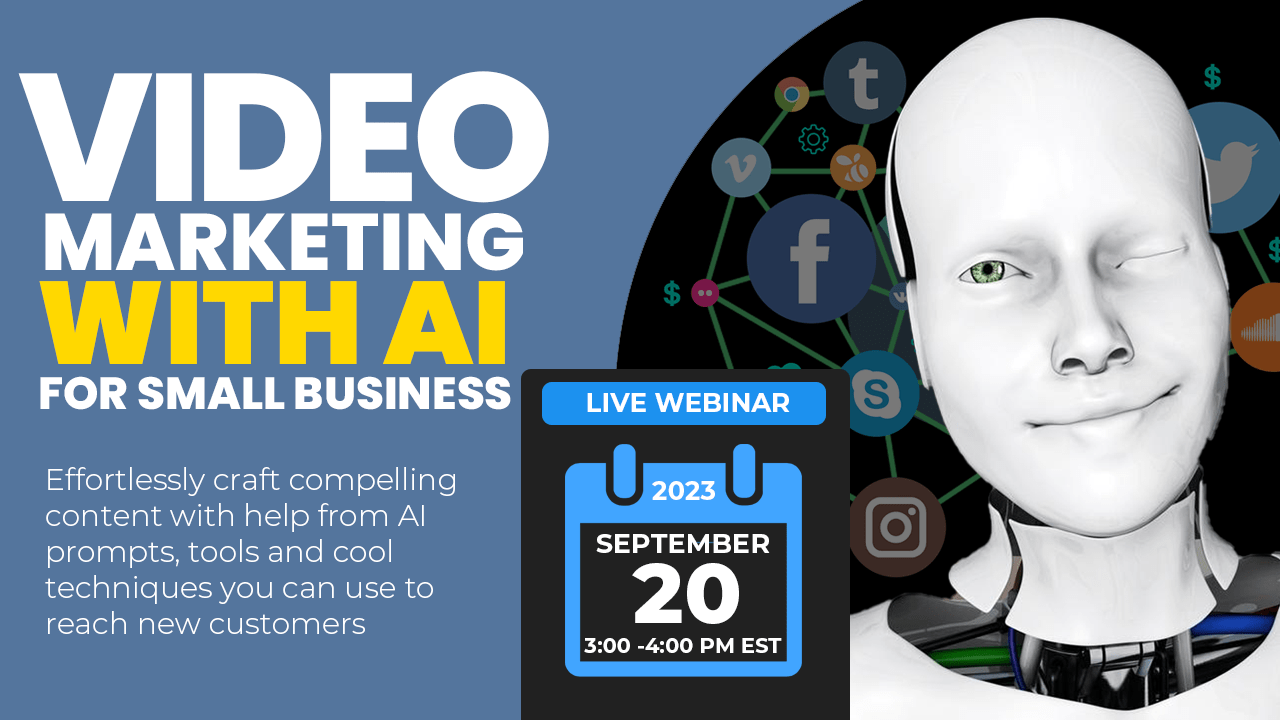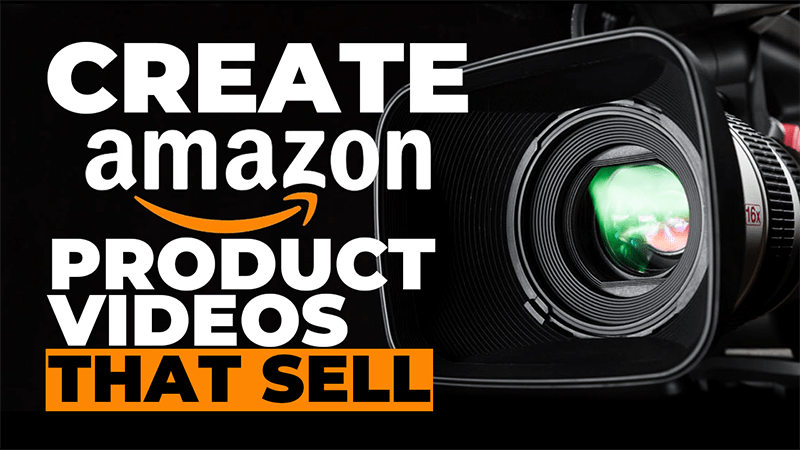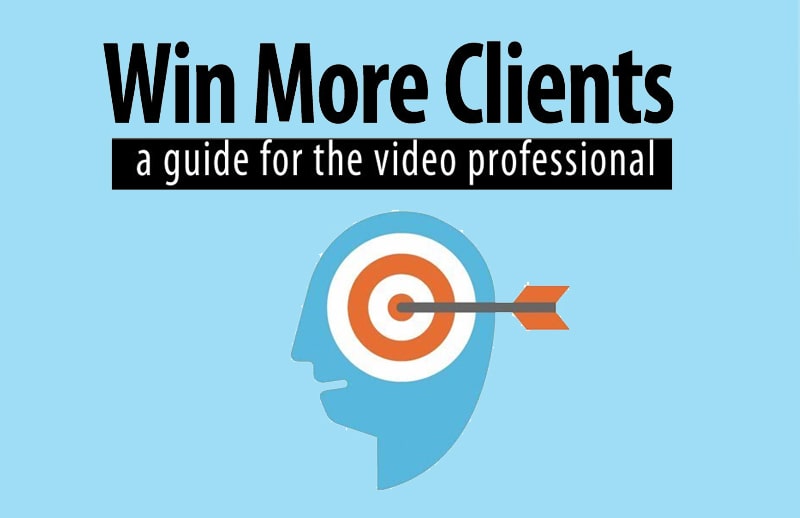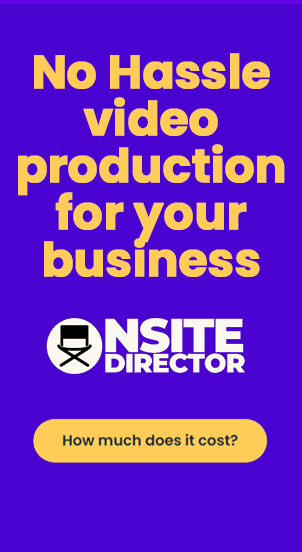Mark asks: What do you guys see as the key ingredients to creating a solid 30-60 second video ad that gets results? Shots? Coverage? Style of editing?
Answer: The bottom line is this: people are more likely to react to content when they’re emotionally engaged. The shots you take, the coverage and your style of editing all play an important role with evoking emotion.
Emotion plays a huge part in getting results. Emotions dictate how we, as consumers, operate. Our emotions drive our purchasing decisions, trigger our actions, and direct our beliefs. It stands to reason therefore that the emotion a brand or campaign elicits directly contributes to its market success.
If you want to evoke high levels of arousal you need to push the boundaries. Don’t make people smile, make them laugh out loud. Surprise them. Give them something unexpected, something astounding. And if you’re creating branded content, it’s probably safer to stick to positive emotions, like awe, hilarity or surprise.
The secret to effectively using emotion in advertising for a cause is to structure the message so that it promotes the desired action.
Mark, you mention a solid ad that gets “results”. Not knowing what “results” you’re looking for from a video, we’re going to answer relating to results meaning “sharing content” and results meaning “increasing sales”.
Result #1 – Key Emotion Triggers for Getting Viewers to Share Your Content:
Awe
Awe is the safest and most reliable emotional trigger for online video success. Awe is something remarkable, something that makes you sit back and say ‘wow!’ There are many ways to evoke a sense of awe in video content: it could be an uplifting story, a tale of a true-life remarkable event, a creative invention, or a labour-intensive project.
Hilarity
It’s often said that laughter is the best medicine and, sure enough, video content that evokes hilarity is one of the best ways to get somebody to share your content. But it has to be really funny – content that merely brings a smile to your lips isn’t enough to trigger sharing activity, and staged hilarity can be harder to achieve.
A word of caution with ‘hilarity’; the aim of any type of marketing is to grow a business so there needs to be a relationship between the video and your business benefits. Will it Blend are the best example of a brand that combine humour and business USP’s perfectly.
Surprise
Surprise is a common element of most viral content, though it generally has to be combined with other emotions to be truly successful. Surprising content is literally anything that surprises its audience – something that goes against their expectations or challenges their assumptions.
Anger
Finally, let’s look at anger. Anger is a high-arousal emotion, but it’s also a negative one and as such has less potential to trigger sharing activity than content that elicits positive high-arousal emotions. When using anger to create viral content, you’re aiming not to evoke a hostile anger, but rather to challenge people’s beliefs, assumptions and opinions – essentially you’re taking the unpopular side of the debate and aiming to hit a nerve with your audience.
Creating video content to evoke anger is a rather risky tactic. While the video may be shareable, it’s difficult to create an ad that elicits anger in a brand-relevant way. It also runs the risk of becoming irritating and causing negative connotations with your brand.
However – anger is a key emotion in videos created for many charities and non-profits because in many cases they are working to solve problems that confound common sense.
Result #2 – Key Emotion Triggers for Getting Viewers to Buy:
When communicating with prospects and buyers, you want to make them feel something, and then make them act on those emotions. This is key to success in sales.
Here are the most important emotions to evoke:
Guilt
Guilt is a powerful emotion, one that people want to make go away. Non-profit organizations are often very successful at gaining donations because they trigger the feeling of guilt in their audiences. They write sad stories about abused and injured animals and about starving children to make you feel bad, so you’ll donate.
Trust
Trust is an important emotion to evoke if you want to gain new business. Buyers will distrust you simply for the fact that you’re trying to sell them something. And you absolutely need to be able to overcome this distrust. Many companies are doing it, like financial companies that market “no hidden fees.” Trust is critical in sales, so this is a feeling you can’t forget to work on.
Fear
Deep down, your prospects have a lot of fears. Fear of failure, fear of inefficiency, fear of letting down their bosses. Fear of losing revenue. The list goes on. By targeting these fears and showing your prospects how you can eliminate them, you can sell more efficiently. For example, if you sell insurance, you can use messaging like “don’t lose out due to inadequate insurance.”
Value
People love to get a good deal. They feel successful and proud of themselves if they get good value. And this is a great emotional trigger, particularly if you have higher prices. You can appease the prospects’ price concerns by showcasing what value they’ll get for their money. Throw in some free shipping, free installation, or training and you’ll be closing deals much faster.
Belonging
Very few people want to be alone and feel lonely. Most people want to belong—it’s human nature. And buyers often purchase products or services in order to feel like they’re part of a group. Companies appeal to this by telling audiences that working with them is like “being part of the family.”
Competition
Most people are competitive by nature, at least a little bit. You can use this competitive desire to your advantage by showing prospects how your products or services will make them better than their peers.
Loss
People don’t want to lose out on a great deal. They don’t want to regret not taking action and missing out because of it. That’s why sales people often use words like “for one day only,” “now,” or “within 24 hours.” It makes people who might be hesitant to purchase that much more motivated to make a quick decision. It’s one of the best tried-and-true closing methods to use.
Time
Your buyers are busy in their work lives and in their personal lives. They want to do it all but have very little time to do so. That’s why sales messages that appeal to the desire of more free time are so effective. Showcase how convenient your products or services and how much time the buyers will save with it.
Pride
Pride is a particularly important emotion to evoke when it comes to alpha leaders, many of which are decision makers at big companies. The thinking is if they make the decision now and make the right decision by buying your product or service, they’ll look smart, and this will make people proud of them.
Don’t sell the product, sell the feeling.
How can you tie your next video to an initiative that will further business? First determine the action you want your prospects to take, then decide what video scenario or concept will produce an emotion to take viewers to conversion.






